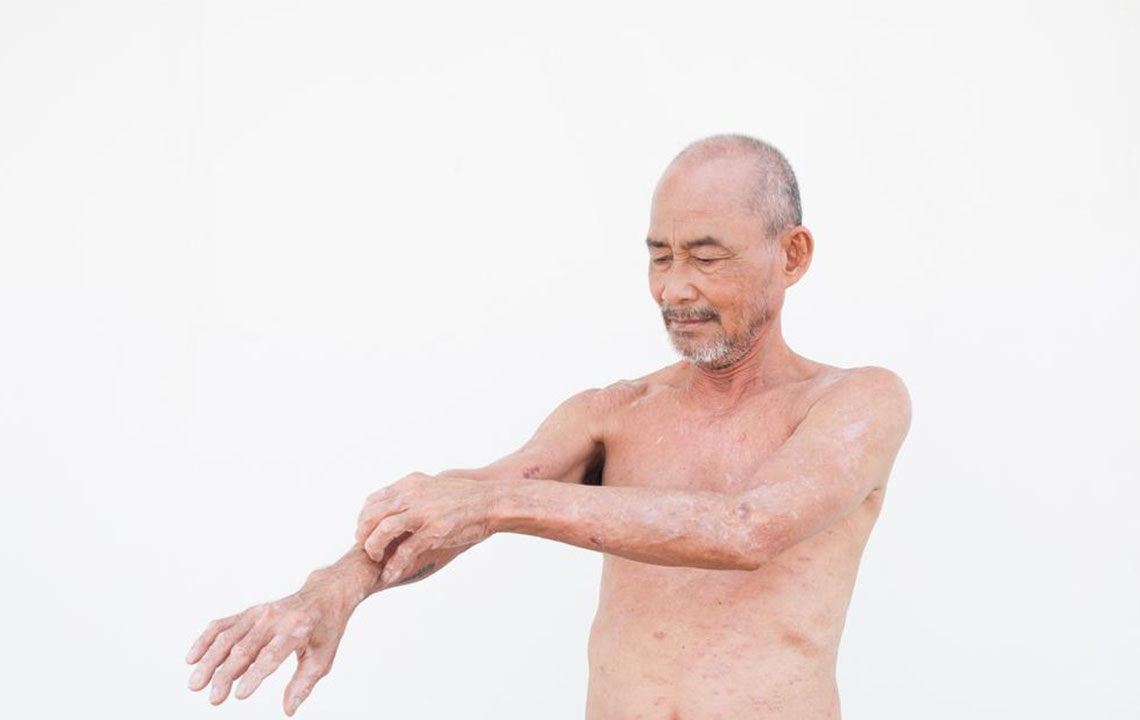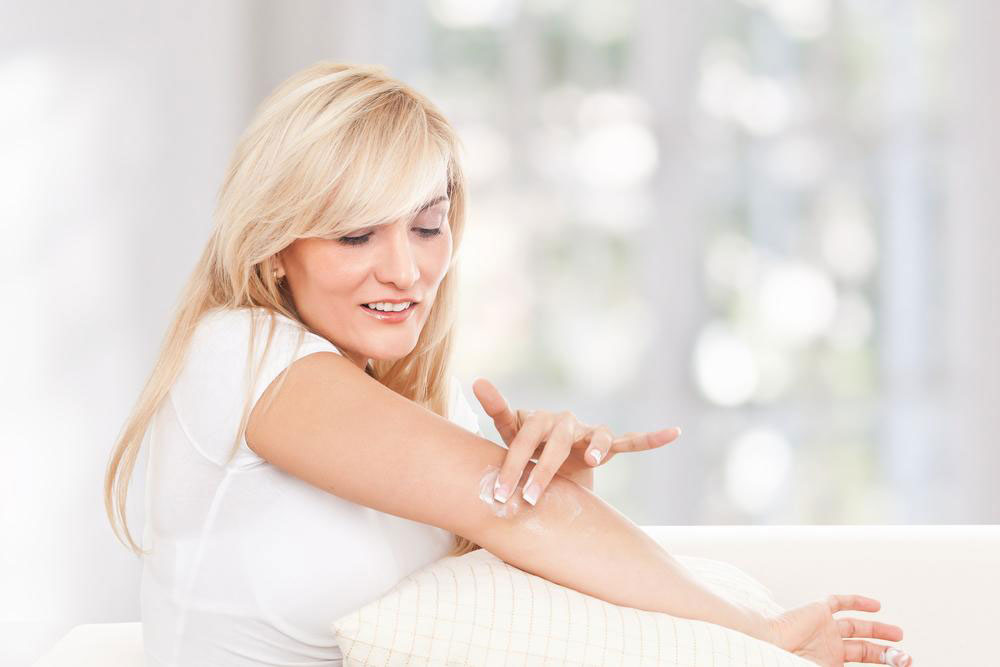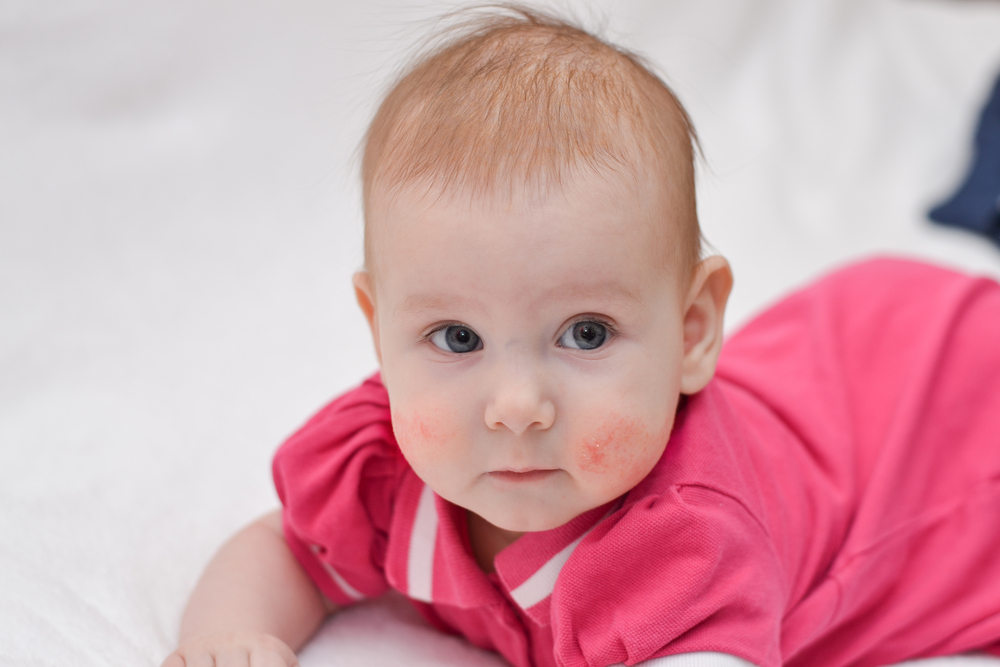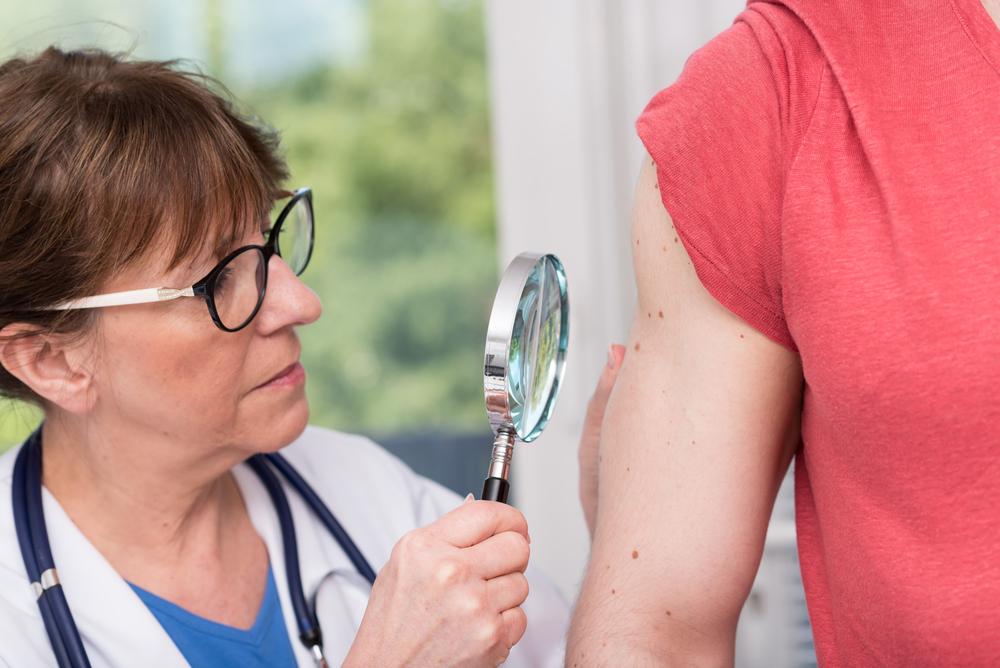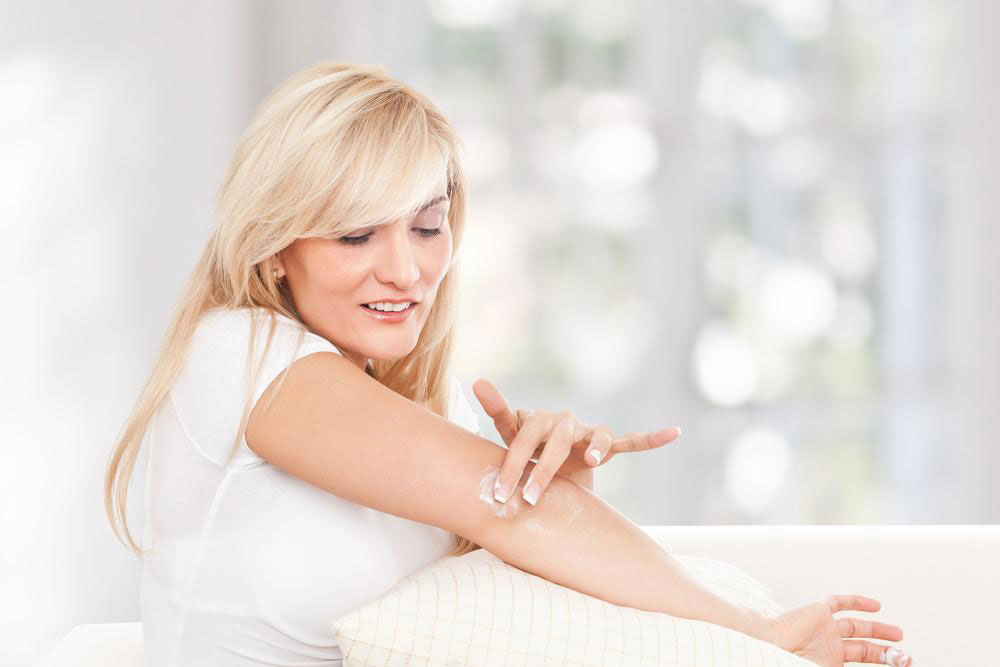Understanding Eczema: Symptoms, Causes, Types, and Treatments
This article provides a detailed overview of eczema, covering symptoms, causes, various types, and effective treatment options. It emphasizes the importance of identifying triggers, maintaining skin moisture, and consulting healthcare providers. By understanding the different eczema forms and management strategies, individuals can better control flare-ups and improve skin health. The content aids readers in recognizing symptoms early and adopting suitable care routines to live comfortably with eczema, ensuring a better quality of life.
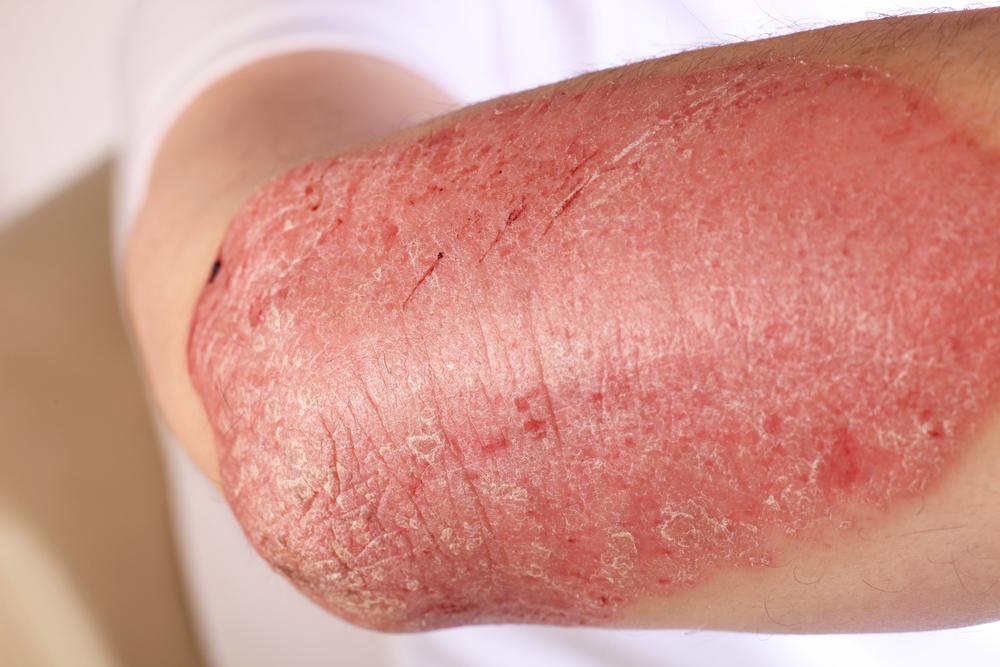
Understanding Eczema: Symptoms, Causes, Types, and Treatments
Eczema is a collective term describing various skin conditions characterized by red, bumpy rashes. Recognizing the symptoms is crucial for accurate diagnosis and effective treatment. Several types of eczema exist, each affecting different skin areas and requiring tailored management strategies.
This common skin disorder can be managed effectively by identifying triggers and avoiding aggravating factors. Though uncomfortable, proper care allows individuals with eczema to lead comfortable lives.
Signs of Eczema
Beginning with inflamed red patches, eczema manifests differently depending on the type. It often causes intense itching, dryness, and scaling. Affected skin may appear darker or lighter in darker skin tones. Scratching can lead to blisters and infections.
Typical eczema symptoms include:
Red, swollen skin
Intense, persistent itchiness
Dry, flaky patches
Thickened, leathery skin
Blisters that ooze and form crusts
Frequent itching sensations
What Triggers Eczema?
While infections like fungi or mites can contribute, most cases stem from an overactive immune response to irritants. Common triggers include rough clothing, extreme weather, allergens like pet dander, harsh soaps, and detergents. Stress, cold, and asthma can also exacerbate eczema. It is important to note that eczema is not contagious.
Categories of Eczema
Atopic dermatitis: The most prevalent form, affecting those with allergies like asthma, typically appears on the face, neck, elbows, and knees in children.
Stasis dermatitis: Seen in individuals with poor blood flow, mainly affecting lower legs.
Scabies: Caused by mite infestations, with symptoms resembling eczema.
Fungal dermatitis: Rashes caused by fungi, confirmed via microscopic skin tests.
Pompholyx: Blistering on palms, soles, fingers, and toes.
Nummular eczema: Circular scaly patches often on older adults' lower legs.
Lichen simplex chronicus: Thickened patches on neck and shins.
Seborrheic dermatitis: Affects face, scalp, ears, and chest; in infants, it may cover the entire body with oozing blisters.
Xerotic eczema: Dry, cracked skin prone to oozing.
Allergic contact dermatitis: Resulting from repeated allergen exposure, leading to localized eczema.
Management and Relief
Maintaining skin hydration is essential to prevent dryness and itching. Regularly cleaning affected areas with gentle solutions and applying moisturizers helps reduce symptoms. OTC corticosteroid creams can alleviate inflammation. For infections, antibiotics may be necessary. When blisters ooze, gentle cleaning followed by air-drying can expedite healing. Severe cases may require antihistamines, phototherapy, tar treatments, or immunosuppressants like cyclosporine to control symptoms.
Living with Eczema
Understanding your triggers is key. Avoid irritants such as rough fabrics, harsh soaps, certain foods, and extreme temperatures. Consistent moisturizing and following medical advice can minimize flare-ups. Working closely with healthcare providers ensures effective management, allowing a comfortable life despite eczema.

